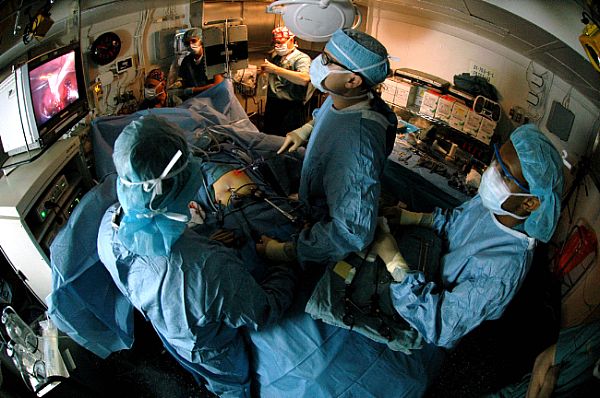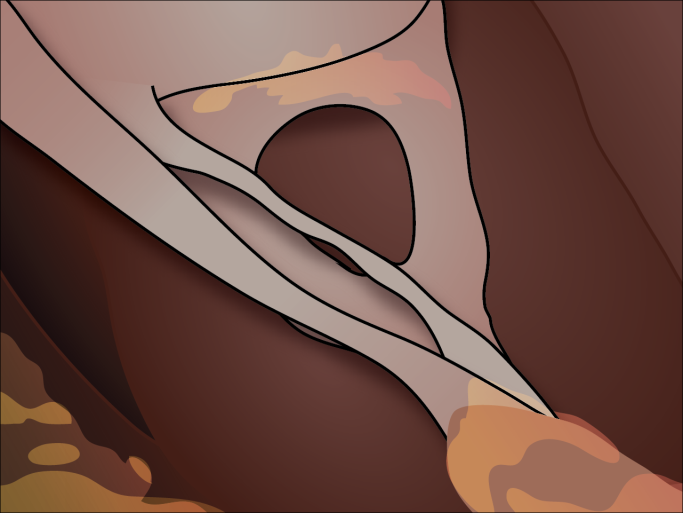The Problem
Maintaining readiness of critical surgical skills is vital to the successful care of military personnel both on the battlefield and at home, but these skills may decay after periods of non-use. Of particular concern are those skills needed for procedures performed routinely while at home, but typically less so while on the battlefield. One example is laparoscopic surgery (LS). LS is a common technique with shorter recovery time than traditional surgeries, but it has been associated with greater injury rates and more severe injuries for some procedures. LS presents unique challenges and requires unique skills, including spatial perception, fine motor control, and good decision-making skills, but these skills can be forgotten during long deployments as surgeons perform proportionally more open surgeries and fewer LS procedures.

The Charles River Analytics Solution

Charles River developed and used the Methodology for Annotating Skill Trees (MAST) to identify critical LS skills and to support design of training systems that improve, assess, and, ultimately, increase the durability of surgical of LS skills. Understanding how to best learn skills and when to refresh skills allows training staff to optimize precious training time and resources. Through the Laparoscopic Surgery Training System (LASTS) project, Charles River conducted numerous experiments on visuospatial, psychomotor, and decision-making skills using MAST. Charles River modeled how LS skills are learned and how they decay. Annotated skill trees break down tasks to include nonstandard steps, repair steps, and technique variations. These skill trees model how to assess and teach LS skills.
The figure and video here show how LASTS is used during an experiment to understand how illustrated imagery and actual surgical video is best used to teach, assess, and refresh procedural and perceptual skills during a laparoscopic cholecystectomy (gallbladder removal).
A training video showing how to perform a surgical clipping.
The Benefit
The methodology for annotated skill trees developed in LASTS is being used to develop training systems and refresher courses that improve the efficiency of acquiring skills – maximizing training effectiveness – and that maximize the retention of those learned skills – minimizing skill attrition.
“One important aspect of this solution is that it can be generalized beyond LS surgery to other surgical skill sets and even domains outside of surgery,” added Dr. Peter Weyhrauch, a principal scientist at Charles River. “The methodology supports the design of interfaces and tools as well as the creation of decision aids for performing tasks. The success in the MAST training approach is being applied to other efforts at Charles River, including trauma assessment and a tourniquet training system, as well as areas outside of the medical domain, such as aircraft maintenance and sonar operations.”
Charles River would like to thank Dr. Ray Perez, Program Officer at the Office of Naval Research (ONR) for support, advice, and oversight. This research was supported by N00014-11-C-0426 from the Office of Naval Research.
Any opinions, findings and conclusions or recommendations expressed in this material are those of the author(s) and do not necessarily reflect the views of The United States Navy.
